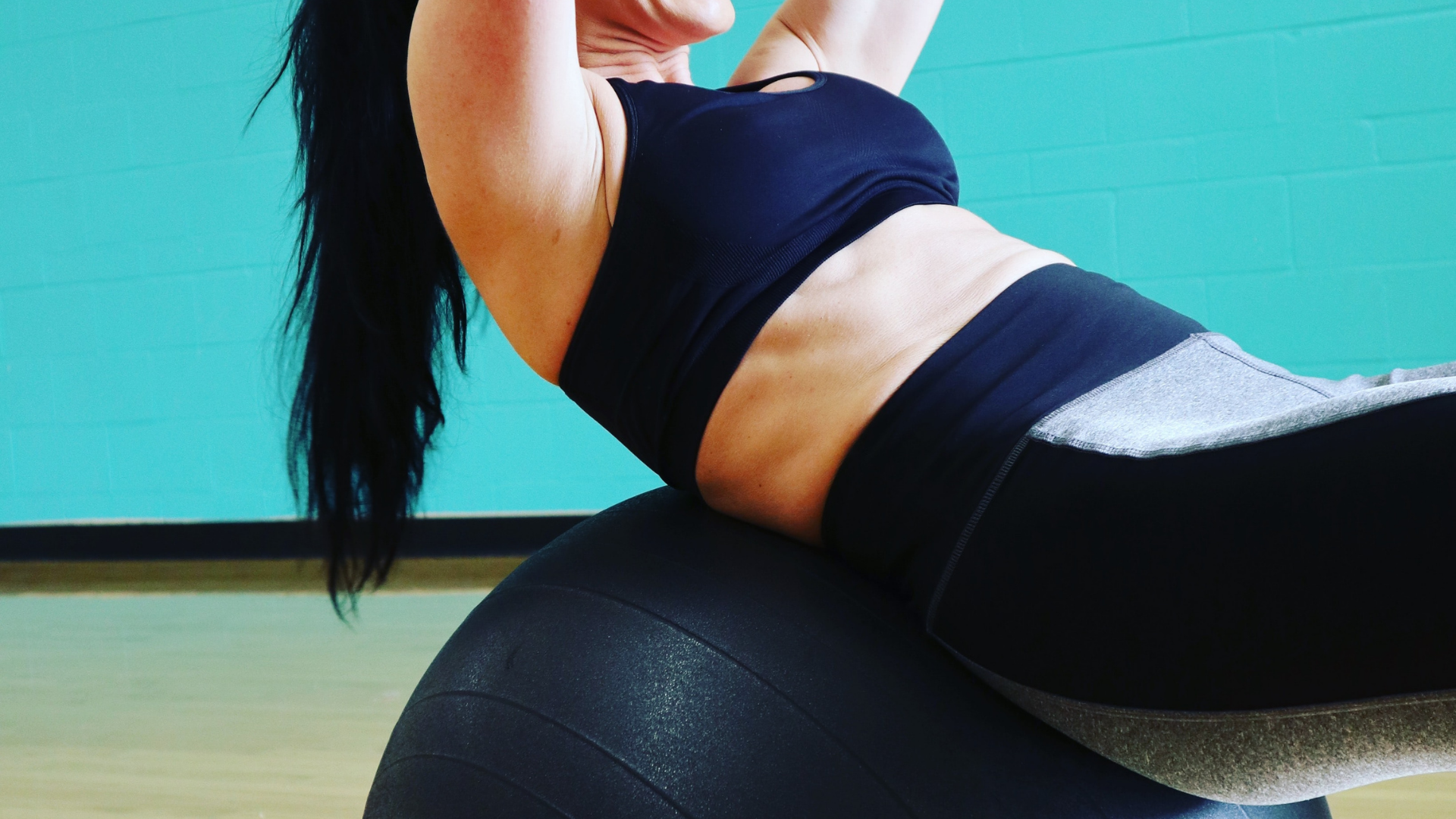Lumbar hyperlordosis is one of the most common postural deformations besides kyphosis. Lumbar hyperlordosis is an exaggerated curve in the lumbar spine, which causes spinal deterioration and, as a result, discomfort and other problems appear in this area. What causes it, and how can it be treated? Find the answers in the following article.
The word lordosis means curved or bent forward. The human spine curves naturally, so the term hyperlordosis refers to a curvature of the lumbar spine that is exaggerated beyond its natural curve.
Depending on the severity of the curvature, some people may find certain movements difficult, or they may find certain activities painful. For example, a patient with lumbar hyperlordosis might experience back pain and difficulty walking or lifting heavy objects off the ground.
Hyperlordosis can occur at the cervical level, where it is known as cervical hyperlordosis, and in the lumbar region, which is the type we will be discussing in this article.
Lumbar hyperlordosis: most common causes
The word “swayback” is sometimes used to refer to hyperlordosis, because this condition causes the back to curve like the letter “C” in the lumbar region. For a patient to be diagnosed with this condition, the exaggerated curvature must be constant and involuntary, that is, it must be structural.
For example, lumbar hyperlordosis in some women may be temporary, either due to changes in posture and weight distribution during pregnancy, or the impact of wearing high-heeled shoes on a regular basis.
The most common causes of hyperlordosis are:
- Poor posture: When a person sits for a long time, the muscles in the lumbar region can tighten too much when trying to stabilize and support the spine.
- Obesity: An excess of fat in the abdomen and buttocks puts extra pressure on the lower back, which could cause the lumbar spine to bend into a C-shape.
- Lack of exercise: Lack of physical activity can weaken the abdominal muscles and the core muscles around the trunk and pelvis. When the muscles weaken, they are less able to support the spinal column and this can lead to excessive curvature.
- Spinal conditions: There are cases where hyperlordosis can be the result of other underlying spinal problems, such as kyphosis, spondylolisthesis (where a vertebral displacement occurs).
- Genetic causes: In rare cases, it can be caused by congenital malformations or growth disorders, known as achondroplasty. Some ethnic groups, for example, of African origin, are predisposed to having a considerably accentuated lordotic curve, however this is not considered a malformation as it is a natural genetic trait.

Treatment for lumbar hyperlordosis
Before talking specifically about the treatment, we should mention that it can be difficult to diagnose the origin of lumbar hyperlordosis, because there is wide variation in the natural curvature of the lumbar spine. Your specialist will order an MRI or CT scan to help diagnose the cause.
At Instituto Clavel, we have the EOSedge scanner which gives us a complete, high-definition image of the patient's spine, so that we can identify the type of Rossouly profile and make a correct diagnosis.
Once the pathology is confirmed, our treatment goal will be to correct the spinal misalignment in the lower back in order to reduce the patient’s symptoms and discomfort. Usually, the symptoms and condition improve with guided therapeutic exercises under the supervision of a physical therapist.
These physical therapy sessions can be accompanied by other treatments that the traumatologist may prescribe to relieve pain. When obesity is one of the causes, you should probably follow a weight loss diet that can be combined with stretching exercises to help strengthen the core muscles and aid in improving posture.
When the deformity and pain are not resolved with conservative treatments, the specialist may choose to perform corrective surgery, which is usually an arthrodesis of the lumbar spine. This specific surgery is intended to achieve lumbar stabilization by means of a permanent fusion between two vertebrae in the lumbar area, so that there is no movement between them.
At our center, we have a team of traumatologists and neurosurgeons specialized in this type of surgery. In addition, we have the latest technology for surgical planning, which helps us achieve improved results because we can determine exactly what correction is needed in the patient’s spine before surgery.
Categories: Spine treatments, Spine pathologies, Instituto Clavel
